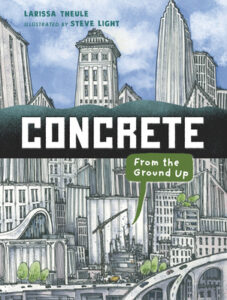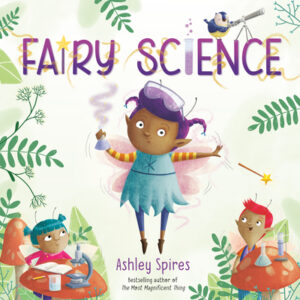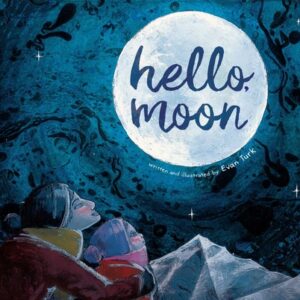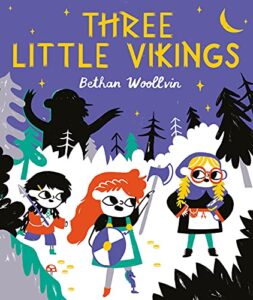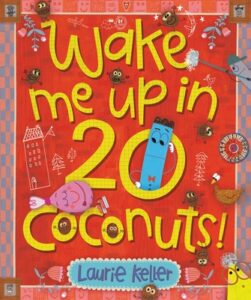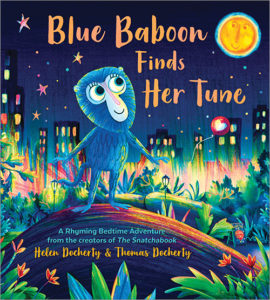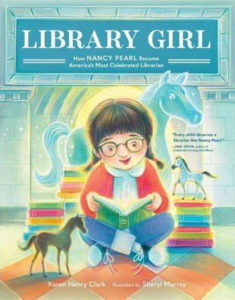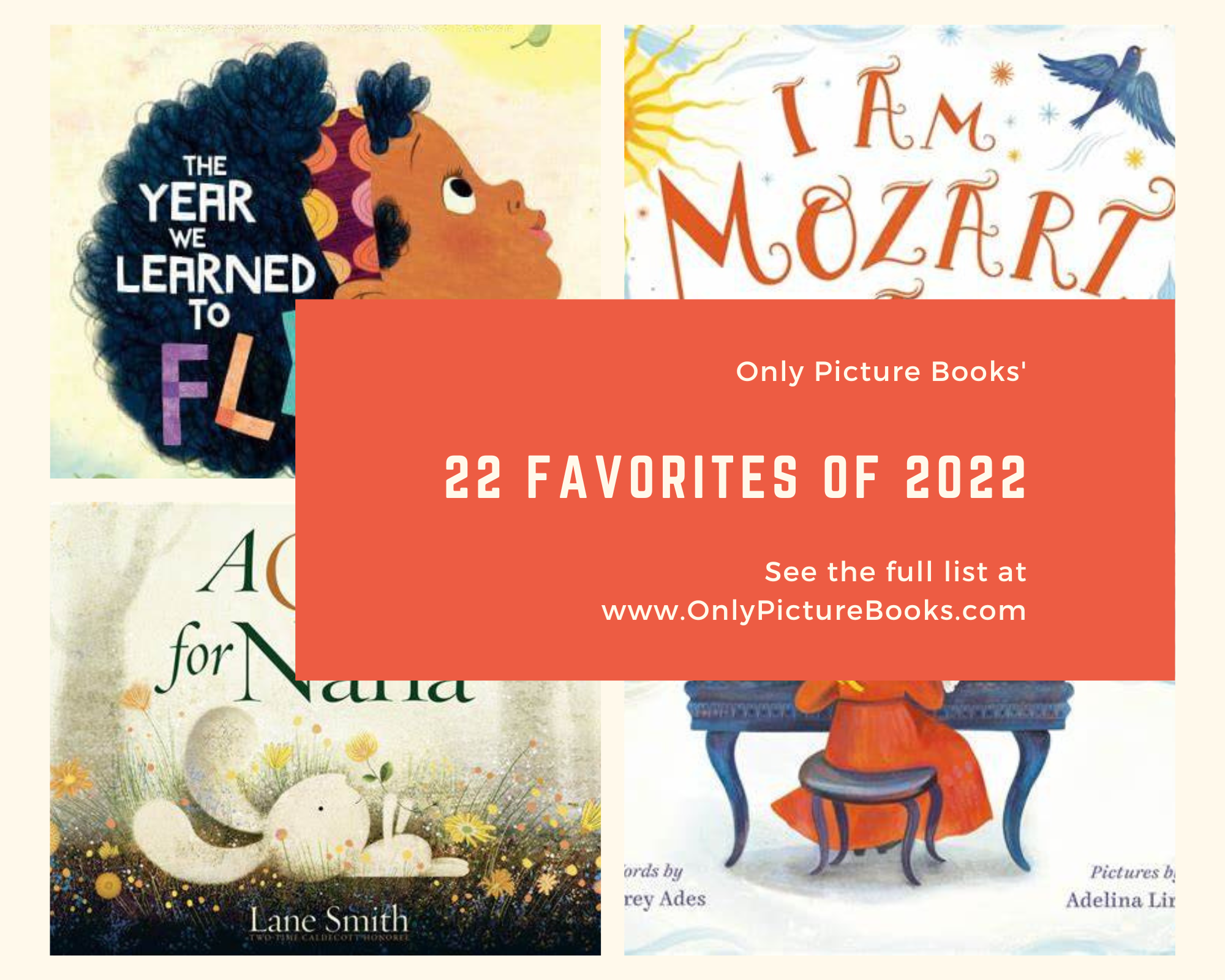
Hello, 2023! While we’re really excited about the kidlit world and all that’s about to happen this year, we wanted to take a moment to reflect on some truly terrific picture books from the past twelve months.
This is a subjective list, so if we missed a great picture book, our apologies. Feel free to add your own suggestions in the comments. We’ll try to include those in future lists, if we can.
One last thing–since we’re running this in our regular Picture Book Review slot of the month, we’ll include our own 5‑word reviews along with a link to the Goodreads reviews. Creating these haiku-like mini-reviews is as challenging as it is fun. Try it yourself sometime!
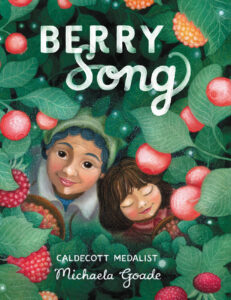 Berry Song by Michaela Goade (19 July 2022)
Berry Song by Michaela Goade (19 July 2022)
OPB Five-Word Review: Luminous, dreamy, pro-earth joy. Berrytastic.
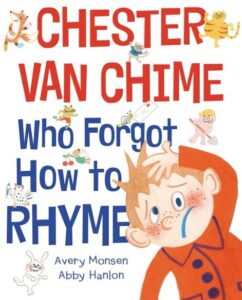 Chester van Chime Who Forgot How to Rhyme by Avery Monsen, illustrated by Abby Hanlon (15 March 2022)
Chester van Chime Who Forgot How to Rhyme by Avery Monsen, illustrated by Abby Hanlon (15 March 2022)
OPB Five-Word Review: Rhyming read-a-loud hilarity. Interactive fun.
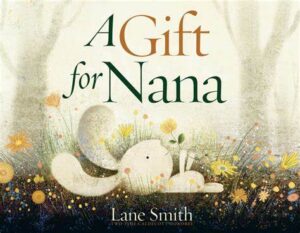 A Gift for Nana by Lane Smith (10 May 2022)
A Gift for Nana by Lane Smith (10 May 2022)
OPB Five-Word Review: Quirky. Cute. Maybe for adults?
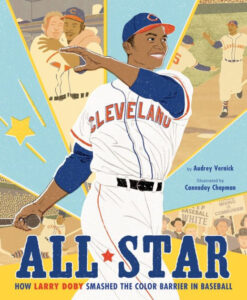 All Star: How Larry Doby Smashed the Color Barrier in Baseball by Audrey Vernick, illustrated by Cannaday Chapman (4 January 2022)
All Star: How Larry Doby Smashed the Color Barrier in Baseball by Audrey Vernick, illustrated by Cannaday Chapman (4 January 2022)
OPB Five-Word Review: Unsung hero. Door-opener. Fascinating. Timely.
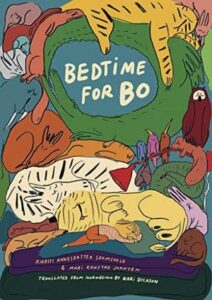 Bedtime for Bo by Kjersti Annesdatter Skomsvold and Mari Kanstad Johnsen, translated by Kari Dickson (9 August 2022)
Bedtime for Bo by Kjersti Annesdatter Skomsvold and Mari Kanstad Johnsen, translated by Kari Dickson (9 August 2022)
OPB Five-Word Review: Joyous, snuggly bedtime love. Imaginative.
 The Blanket Where Violet Sits by Allan Wolf, illustrated by Lauren Tobia (30 August 2022)
The Blanket Where Violet Sits by Allan Wolf, illustrated by Lauren Tobia (30 August 2022)
OPB Five-Word Review: Lyrical cumulative rhymes. Picnicky fun.
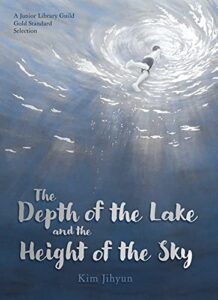 The Depth of the Lake and the Height of the Sky by Kim Jihyun (19 April 2022)
The Depth of the Lake and the Height of the Sky by Kim Jihyun (19 April 2022)
OPB Five-Word Review: Evocative wordless storytelling. Enchanting debut.
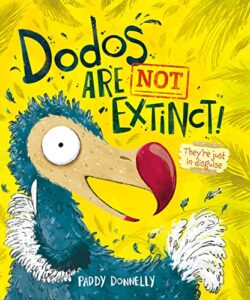 Dodos Are Not Extinct by Paddy Donnelly (8 February 2022)
Dodos Are Not Extinct by Paddy Donnelly (8 February 2022)
OPB Five-Word Review: Extinct animals aplenty. Storytime silliness.
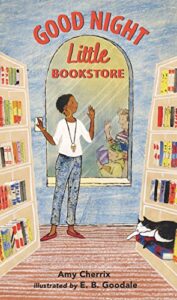 Good Night Little Bookstore by Amy Cherrix, illustrated by E.B. Goodale (29 August 2022)
Good Night Little Bookstore by Amy Cherrix, illustrated by E.B. Goodale (29 August 2022)
OPB Five-Word Review: Cozy, charming Goodnight Moon pastiche.
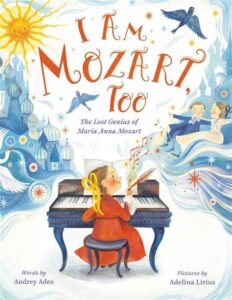 I Am Mozart, Too: The Lost Genius of Maria Anna Mozart by Audrey Ades, illustrated by Adelina Lirius (22 February 2022)
I Am Mozart, Too: The Lost Genius of Maria Anna Mozart by Audrey Ades, illustrated by Adelina Lirius (22 February 2022)
OPB Five-Word Review: Gender injustice–Mozart’s prodigy sister.
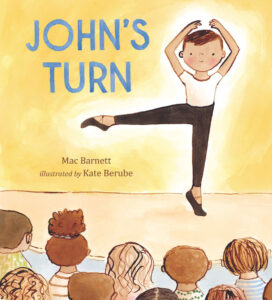 John’s Turn by Mac Barnett, illustrated by Kate Berube (24 February 2022)
John’s Turn by Mac Barnett, illustrated by Kate Berube (24 February 2022)
OPB Five-Word Review: Embrace your talent. Gloriously so.
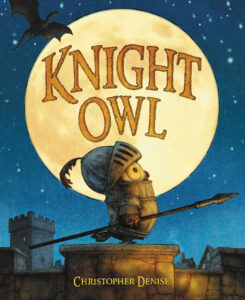 Knight Owl by Christopher Denise (15 March 2022)
Knight Owl by Christopher Denise (15 March 2022)
OPB Five-Word Review: Owlish wordplay. Bravery. Radiant art.
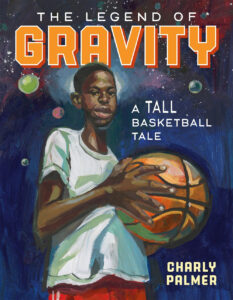 The Legend of Gravity: A Tall Basketball Tale by Charly Palmer (4 January 2022)
The Legend of Gravity: A Tall Basketball Tale by Charly Palmer (4 January 2022)
OPB Five-Word Review: Splendrous colors. Fanciful facts. Teamwork!
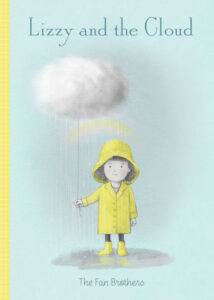 Lizzy and the Cloud by The Fan Brothers (3 May 2022)
Lizzy and the Cloud by The Fan Brothers (3 May 2022)
OPB Five-Word Review: Pet clouds are awesome. Beautiful.
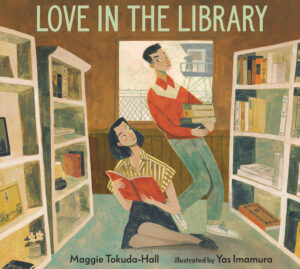 Love in the Library by Maggie Tokuda-Hall, illustrated by Yas Imamura (8 February 2022)
Love in the Library by Maggie Tokuda-Hall, illustrated by Yas Imamura (8 February 2022)
OPB Five-Word Review: Detainment camp. History. Heartbreak. Books!
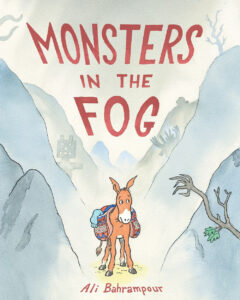 Monsters in the Fog by Ali Bahrampour, illustrated by Cannaday Chapman (14 June 2022)
Monsters in the Fog by Ali Bahrampour, illustrated by Cannaday Chapman (14 June 2022)
OPB Five-Word Review: Humorous mountain journey. Beware “monsters”!
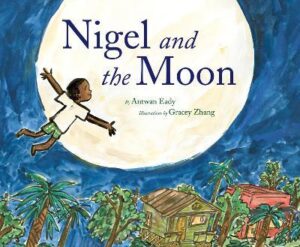 Nigel and the Moon by Antwan Eady, illustrated by Gracey Zhang (19 July 2022)
Nigel and the Moon by Antwan Eady, illustrated by Gracey Zhang (19 July 2022)
OPB Five-Word Review: Childhood dreams. Heart-melting ending.
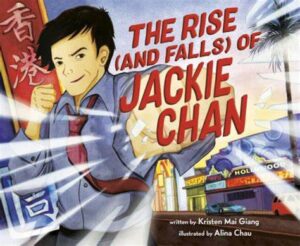 The Rise (and Falls) of Jackie Chan by Kristen Mai Giang, illustrated by Alina Chau (29 March 2022)
The Rise (and Falls) of Jackie Chan by Kristen Mai Giang, illustrated by Alina Chau (29 March 2022)
OPB Five-Word Review: Goofball acrobatics. Vibrant art. POW!
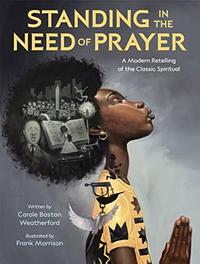 Standing in the Need of Prayer: A Modern Retelling of the Classic Spiritual by Carole Boston Weatherford, illustrated by Frank Morrison (20 September 2022)
Standing in the Need of Prayer: A Modern Retelling of the Classic Spiritual by Carole Boston Weatherford, illustrated by Frank Morrison (20 September 2022)
OPB Five-Word Review: Glorious tribute. Discussion-starting. Ear-pleasing. Timely.
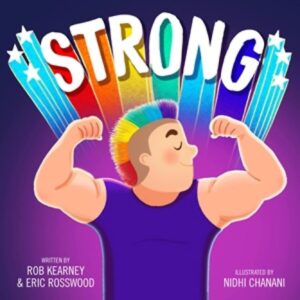 Strong by Rob Kearney and Eric Rosswood, illustrated by Nidhi Chanani (10 May 2022)
Strong by Rob Kearney and Eric Rosswood, illustrated by Nidhi Chanani (10 May 2022)
OPB Five-Word Review: Becoming an LGBTQ+ strongman. Empowering.
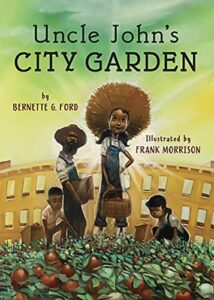 Uncle John’s City Garden by Bernette Ford, illustrated by Frank Morrison (3 May 2022)
Uncle John’s City Garden by Bernette Ford, illustrated by Frank Morrison (3 May 2022)
OPB Five-Word Review: City gardens. Family. Recipes. Delicious.
The Year We Learned to Fly by Jacqueline Woodson, illustrated by Rafael López (4 January 2022)
OPB Five-Word Review: Lyrical history lifts up readers.

I got so excited going through my shelf of 2022 picture books for this end-of-year list that I completely forgot to go back through the books we reviewed here at OPB (which I keep on a different shelf in a different room). I’m not bumping any of the 22 above books because they all belong here, but so do the following three titles.
I supposed that makes this post more accurately “Only Picture Books’ 22 25 Favorites of 2022.”
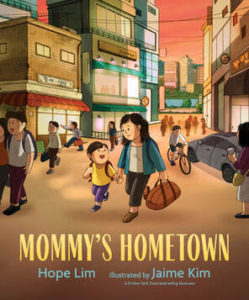 Mommy’s Hometown by Hope Lim, illustrated by Jaime Kim (12 April 2022)
Mommy’s Hometown by Hope Lim, illustrated by Jaime Kim (12 April 2022)
OPB Five-Word Review: Hits me just right. Sensitive.
See the original OPB review here.
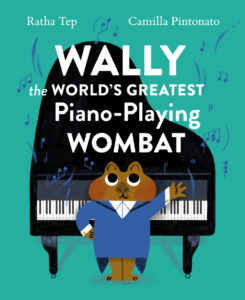 Wally, the World’s Greatest Piano-Playing Wombat by Ratha Tep, illustrated by Camilla Pintonato (18 October 2022)
Wally, the World’s Greatest Piano-Playing Wombat by Ratha Tep, illustrated by Camilla Pintonato (18 October 2022)
OPB Five-Word Review: Passion. Pride. Participation. Pianos. Potent!
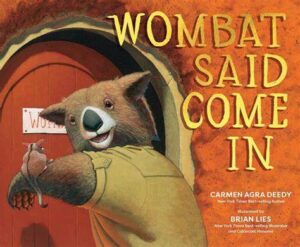 Wombat Said Come In by Carmen Agra Deedy, illustrated by Brian Lies (6 October 2022)
Wombat Said Come In by Carmen Agra Deedy, illustrated by Brian Lies (6 October 2022)
OPB Five-Word Review: Friendship. Empathy. Safe and secure.


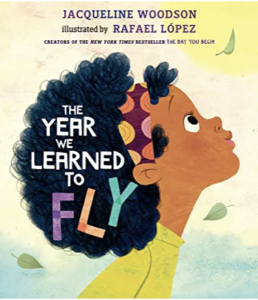
 David C. Gardner is an award-winning illustrator and visual development artist. A former artist for Walt Disney Animation Studios, he has illustrated numerous picture books, including
David C. Gardner is an award-winning illustrator and visual development artist. A former artist for Walt Disney Animation Studios, he has illustrated numerous picture books, including 
